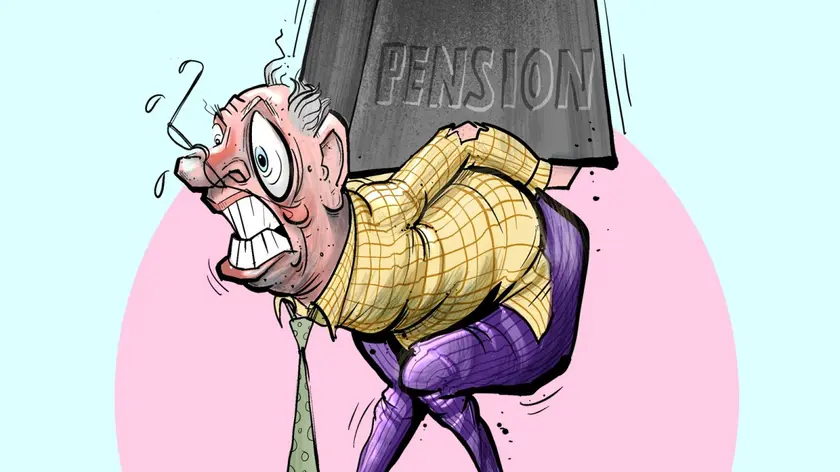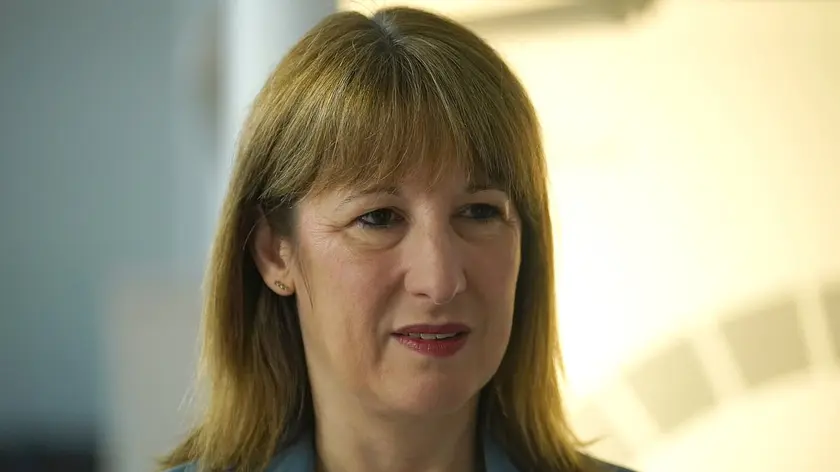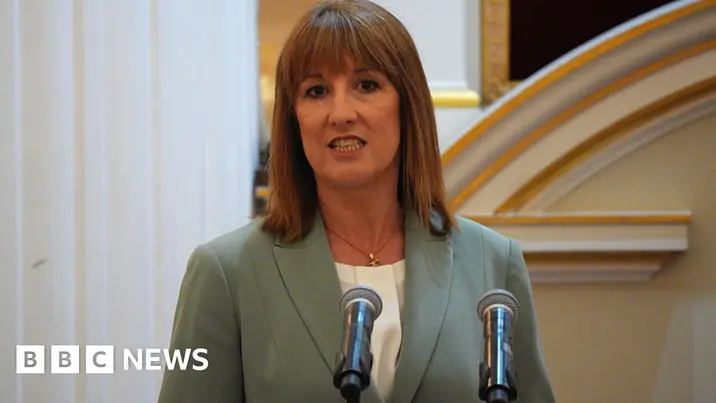T4K3.news
Savings allowances tighten under Reeves tax crackdown
New rules require savers to provide NI numbers for tax on savings; banks will start implementing the changes in 2027, with legislation next year.

Savers may see tax collected automatically from wages as the government tightens savings rules.
Savings allowances tighten after Reeves signs tax crackdown
Chancellor Rachel Reeves has approved new rules that require savers to provide their National Insurance number to HMRC. Banks will implement the changes from April 2027, shifting the taxation of interest above the savings allowance to the payroll system rather than self assessment. The savings allowance varies by income tax band: basic rate pays tax on up to £1,000 of interest, higher rate £500, and additional rate has no allowance. A starting rate for savings can apply when other income is low, but it is reduced as income rises. Some products are exempt, including ISAs and certain NS&I accounts, and joint accounts split the allowance among account holders.
Key Takeaways
"Tax collected at the source should simplify reporting"
policy rationale
"Small savers could feel the squeeze first"
economic impact
"The policy tests the balance between simplicity and fairness"
editorial observation
The plan signals a shift in how the state collects tax on personal savings. It aims to simplify reporting by moving the tax bill from the annual self assessment to the monthly pay cycle, but it also raises questions about fairness for savers with irregular income or those who rely on low-interest accounts. The changes will increase administrative work for banks and the tax system, even as they reduce the chance of missed payments. The policy sits within a broader push to tighten fiscal controls while keeping individual savings tax predictable for most earners.
Highlights
- Tax by payroll will simplify reporting for savers
- ISAs stay exempt from the new rules for now
- Savers should check how wage income changes their tax on interest
- The rollout will test both banks and budgets
Budget and political risk from savings tax shakeup
The plan shifts how savers are taxed and interacts with the budget, potentially prompting public reaction and investor caution. It also relies on banks to implement new processes, which could create transitional friction.
Watch how the rollout unfolds and whether savers adapt quickly to the new system.
Enjoyed this? Let your friends know!
Related News

Reeves plans stealth taxes to fill budget gap

Inheritance tax changes eyed to fill £50bn gap

Treasury weighs IHT tweak up ahead of budget

Chancellor plans major pension reforms

Warning issued to savers over new ISA changes

HMRC warns millions face increased tax bills on savings

UK pension savings drop sharply

Chancellor urges positive narrative for savers' stock investments
